Secrets of the Sand
With the help of these fun facts, you’ll learn more about the production and transformation of glass.
Grade 3-4
Duration : 20 minutes

Objective
To learn more about sand and glassmaking.
Guidelines
Watch ”Patricia David – Matériel” (English subtitles)
Read the facts as a class.
Discuss what you’ve learned.
Material
Pencils and paper, if needed.
Did you know...?
1
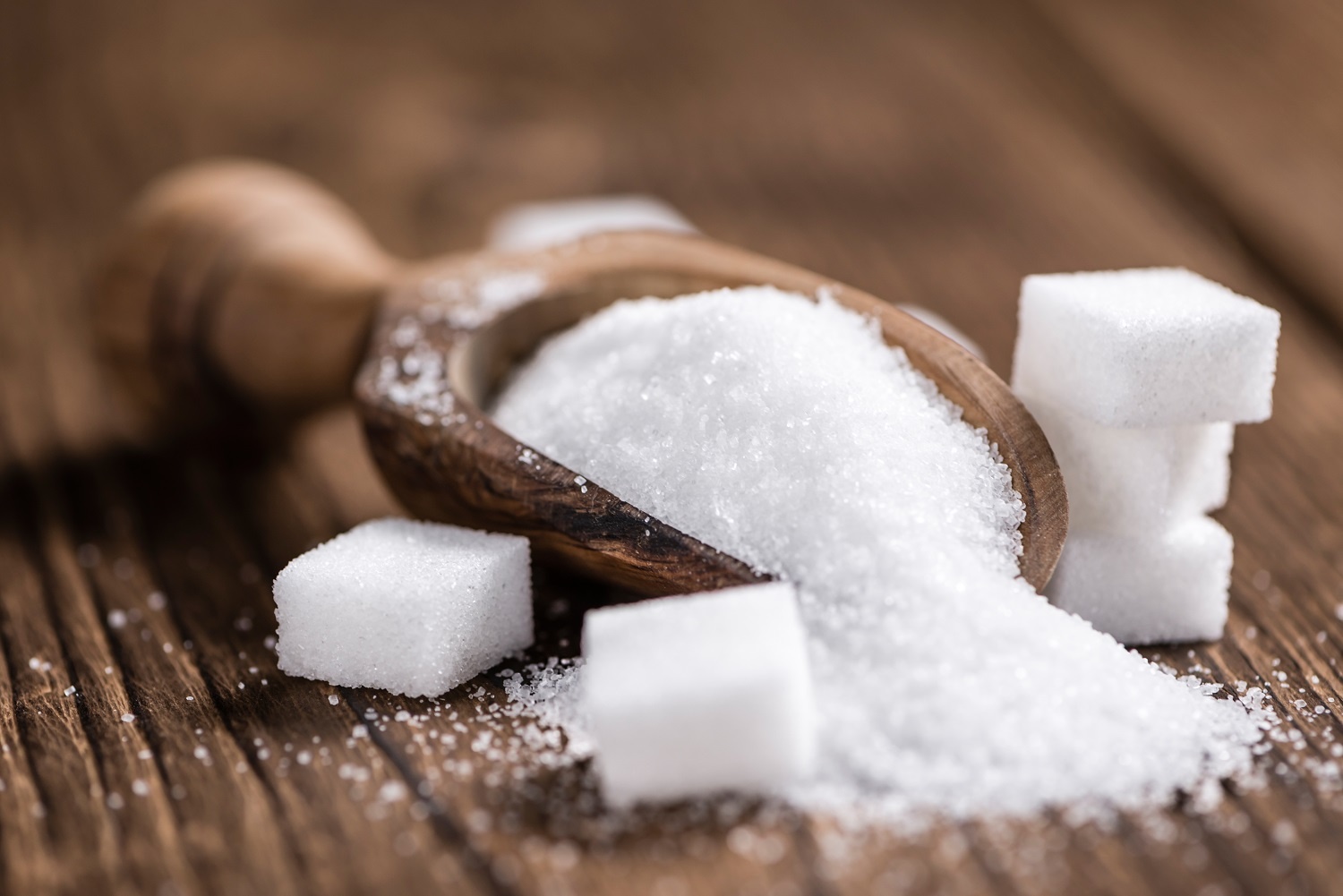
Sand is defined as a material composed of miniscule grains between 0.02mm and 2mm. By that definition, salt and sugar can be considered types of sand!
2
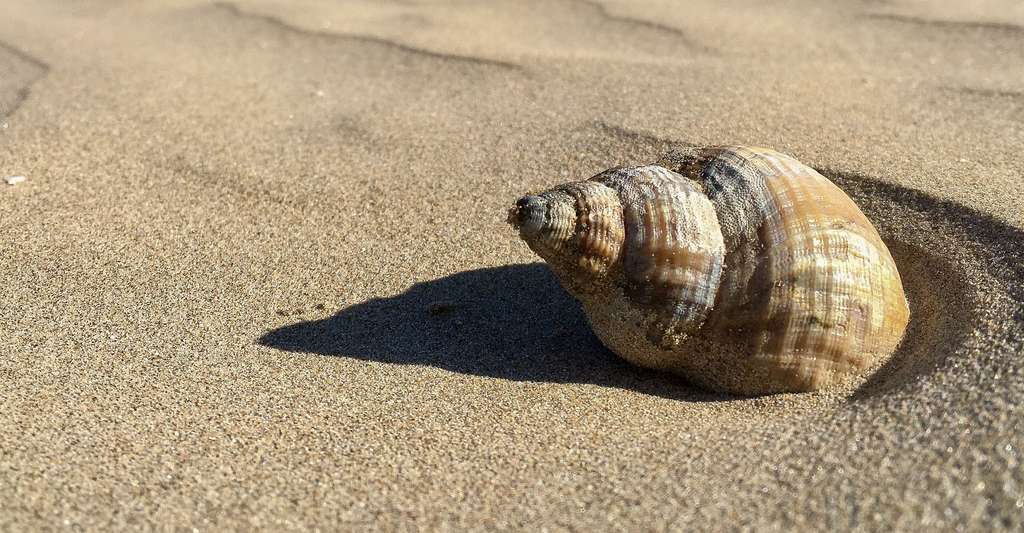
Sand is mostly composed of tiny quartz crystals around 1mm. The sand you’d find on the beach also contains fragments of seashells and coral.
3
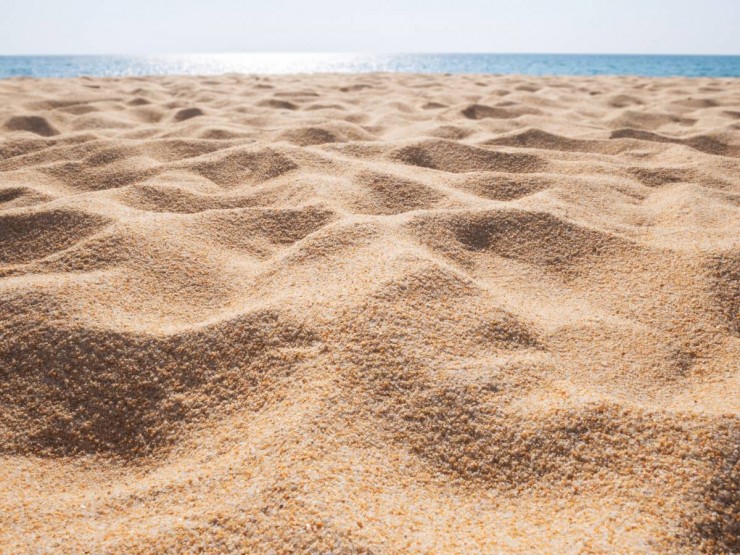
Sand is a limited natural resource: it takes several hundred years to form.
4
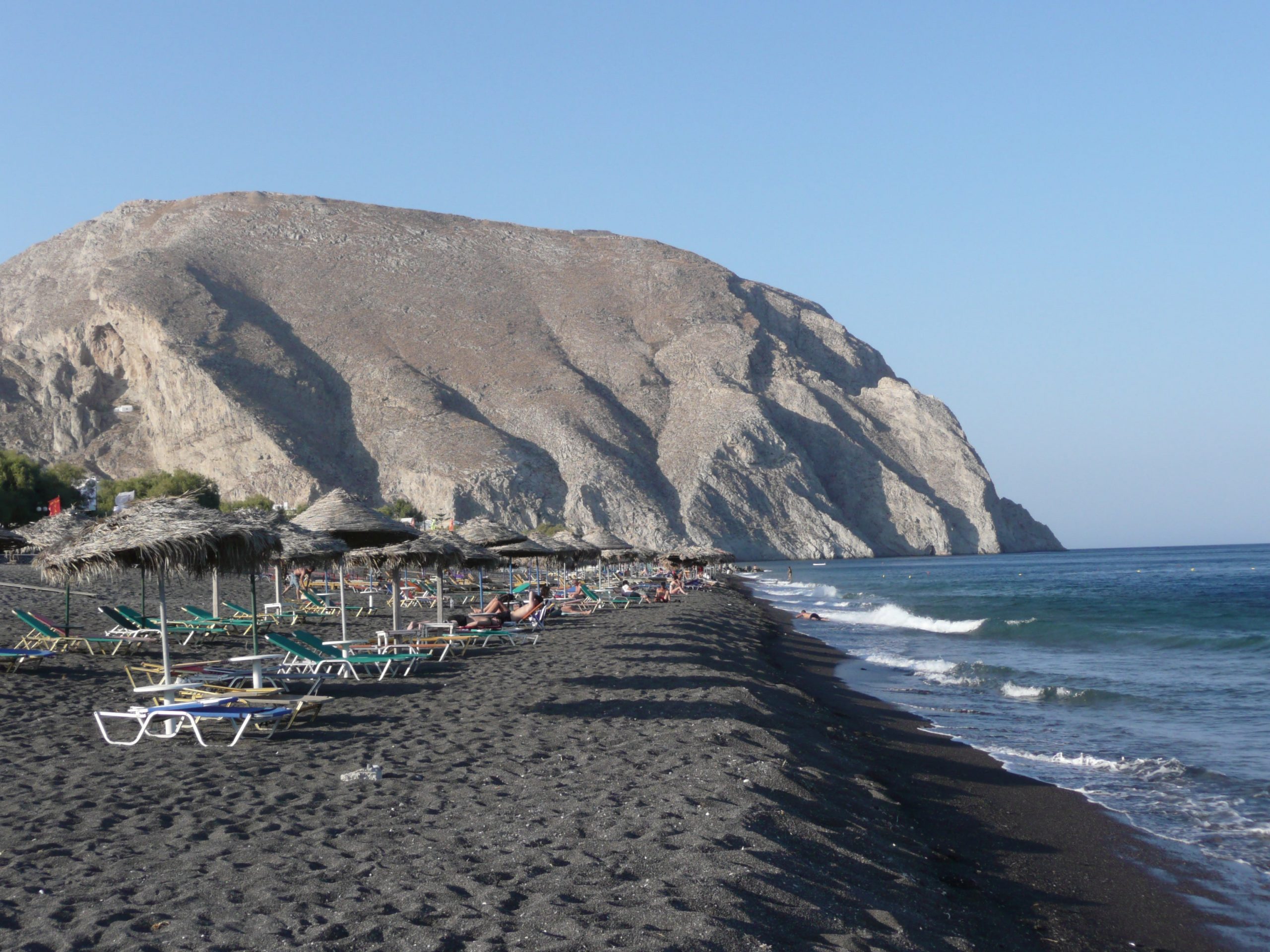
Sand can be many different colours: it all depends on what minerals it contains. For example, the sand on the beach at Santorini is black since it’s made up of volcanic rock crystals!
5

Sand dunes are fundamental for many ecosystems. They protect from strong winds and waves, and offer a safe place for turtles to make their nests.
6
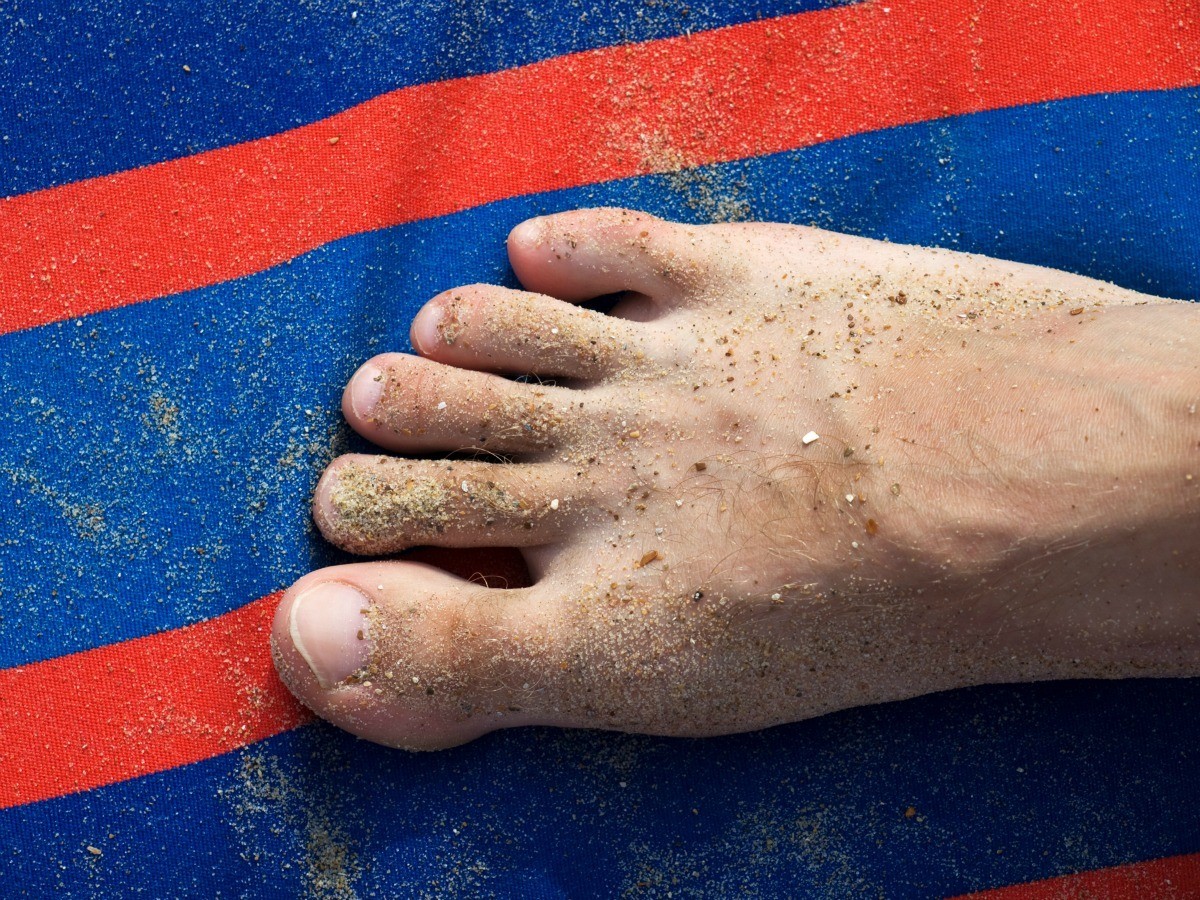
Sand sticks very easily on wet surfaces – including on your skin after a dip in the sea!
7
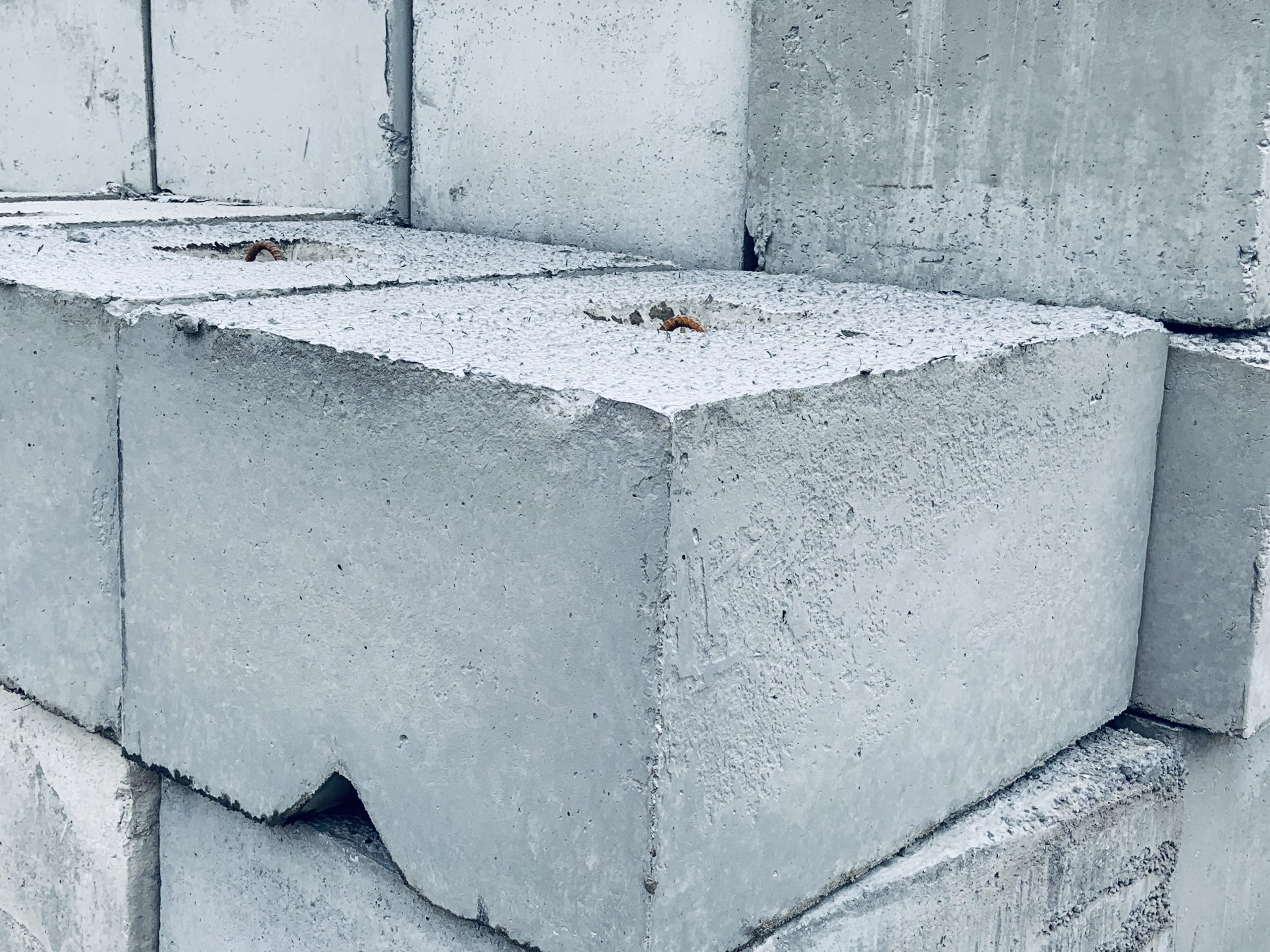
Sand is used in the production of concrete, which is an increasingly rare and precious material.
8
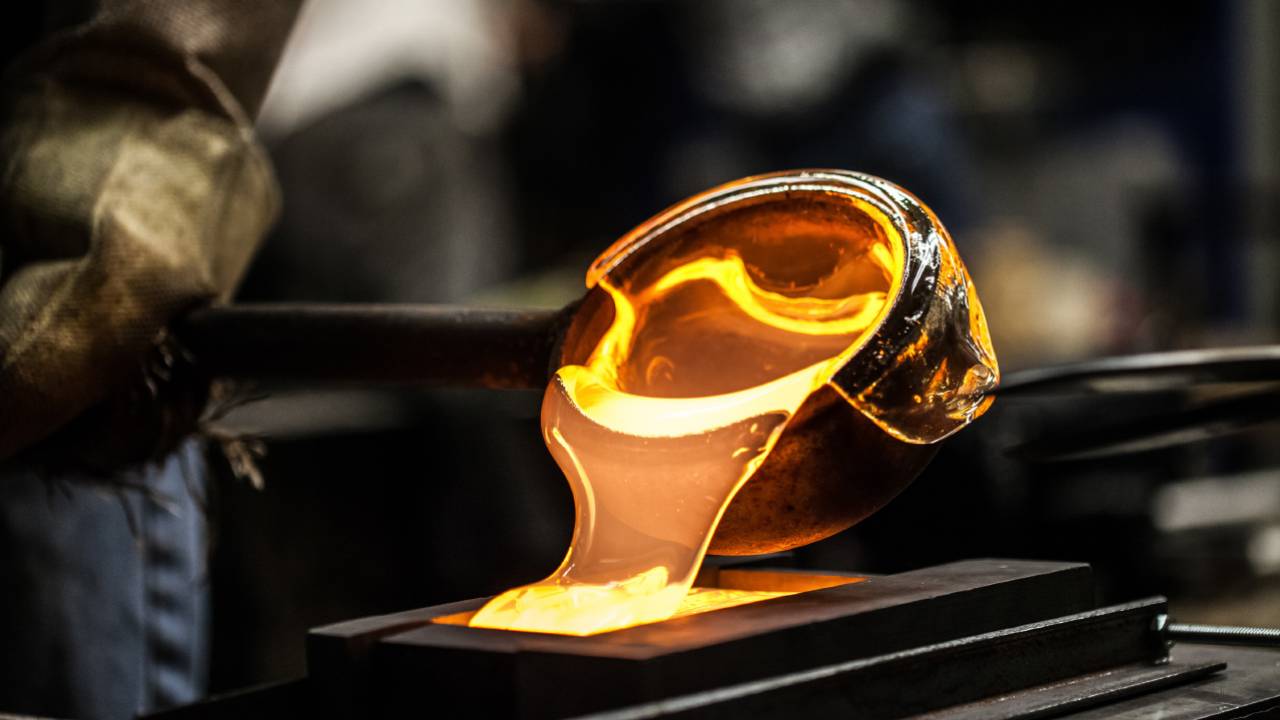
Glass is made from a mix of sand, limestone, and calcium carbonate. This mixture is then placed in a special oven that reaches 1500°C.
9
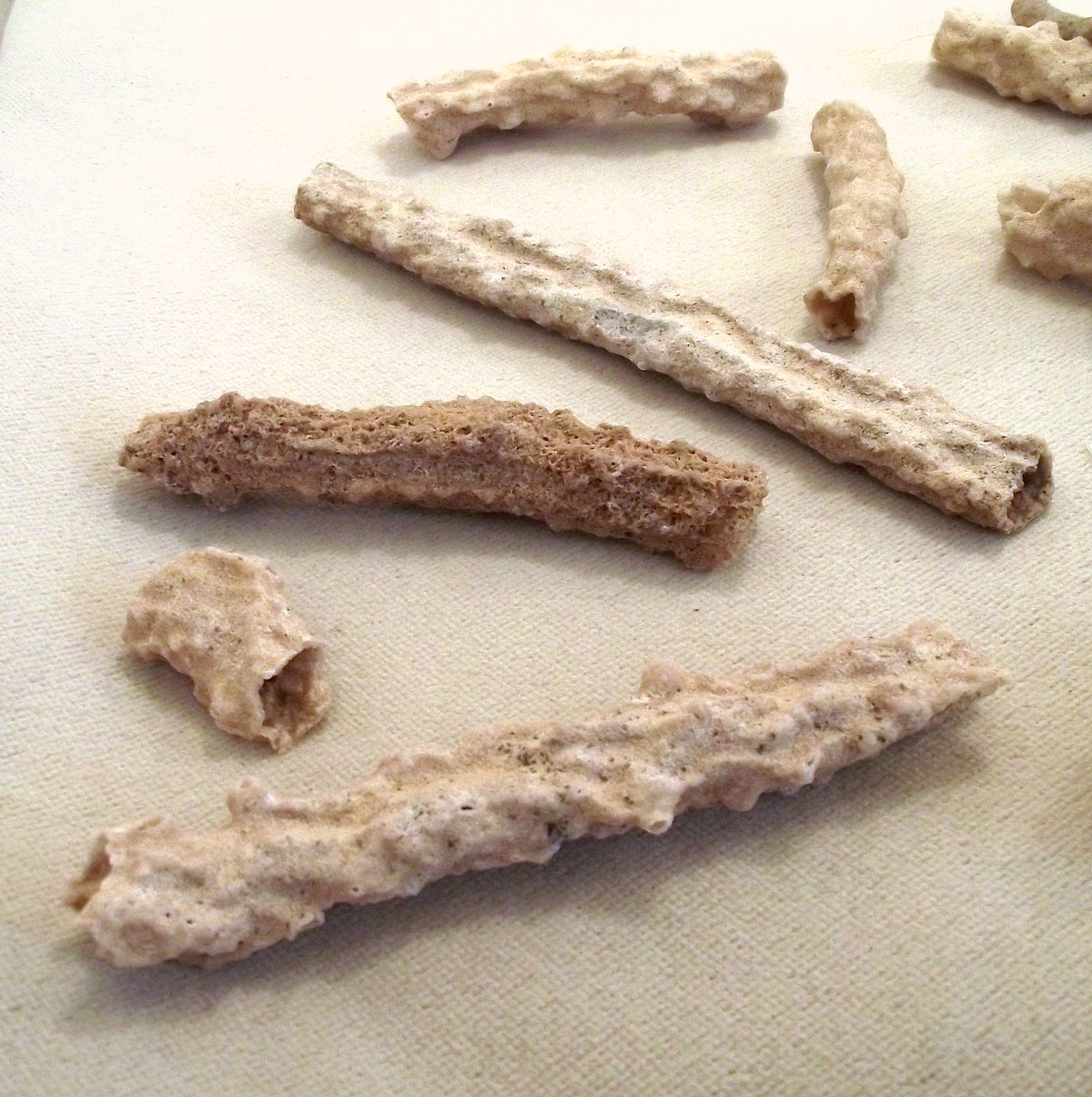
If lightning strikes a sandy beach during a storm, the heat it generates is so powerful that ‘tubes’ of glass called fulgurites are formed on impact.
10

Glass is infinitely recyclable: it can easily be melted down and reformed without losing any quality.
Food for Thought
Glass can be used for all sorts of things: dishware, beads, window panes, decoration, etc. Look around you: what can you see that’s made of glass?


